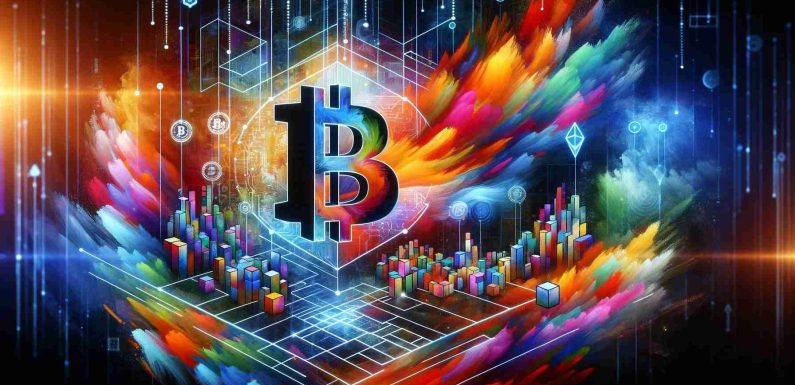
One of the most intriguing changes in art and tech is joining modern art with blockchain technology. This fusion is changing how art is made and seen. It also changes how art is bought and sold. As we delve deeper into this synergy’s effects, it becomes clear that blockchain enables a new art era. This era has more transparency, security, and democratization. This article explores blockchain’s impact on modern art tech. It shows how these changes are shaping the future of art.
Understanding Blockchain’s Role in Modern Art Technology
Blockchain is decentralized. It is a digital ledger that records transactions on many computers. It is used in modern art technology. This is mainly through Non-Fungible Tokens (NFTs). It creates new opportunities for artists and collectors. NFTs are unique digital assets. They are verified using blockchain technology. Blockchain certifies ownership and the authenticity of digital and physical artworks.
Revolutionizing Art Creation and Provenance
Integrating blockchain into modern art tech has many benefits. One is the ability to track and verify provenance with unmatched accuracy. Each art piece can have a digital passport. It documents the piece’s history, ensuring authenticity and cutting the risk of forgery. This is vital in digital art. Duplication is easy and common there.
Artists are also utilizing blockchain to push the boundaries of creative expression. For instance, some create interactive art. It evolves based on interactions with viewers. Each interaction is recorded on the blockchain and cannot be changed. This lively art form boosts viewer engagement. It also lets the artwork live and grow without the artist.
Democratizing Art Ownership
Blockchain is democratizing access to art investment by fractionalizing ownership of artworks. Blockchain allows art that was once too expensive for individuals to be owned by many. It can be owned in the form of digital shares. This opens up new funding for artists. It also lets art lovers join profitable investments. Furthermore, artists can get royalties through smart contracts. They get them each time the artwork is resold. This way, they benefit from increases in the value of their work.
Expanding Accessibility with Virtual Galleries and Exhibitions
Modern art technology powered by blockchain is also expanding the accessibility of art. Virtual galleries and exhibitions allow users from around the world to view artworks. They see them in a well-designed virtual space. These sites can host international exhibitions. These events would have been hard in the physical world. They break down geographical and economic barriers to cultural exchange.
Blockchain can securely verify identities and manage permissions. This also makes it possible to create exclusive previews. These would give special access to certain audiences before artworks are released. This can add value through scarcity and exclusivity. It boosts the appeal of exhibitions, both artistically and commercially.
Ensuring Sustainability and Ethical Practices
People often overlook an aspect of blockchain’s impact on art tech. It can promote sustainability and ethics. Blockchain can verify the materials used in artworks. It ensures they are sourced responsibly. It can also support art projects that focus on social and environmental themes. It provides a clear platform for artists who want to make a statement and drive change.
Challenges and Considerations
It has many advantages. But, the mix of modern art and blockchain does face challenges. The energy consumption associated with blockchain, particularly with proof-of-work systems, can be substantial. However, many new blockchain networks are moving towards more energy-efficient consensus mechanisms like proof-of-stake, addressing these environmental concerns.
Moreover, the rapid evolution of blockchain technology requires constant adaptation and learning from artists, galleries, and collectors. The law must change, too. It must address new questions about owning, copyrighting, and liability in digital spaces.
Conclusion
Blockchain technology is being integrated into modern art. It is creating a new paradigm for the art world. It improves the integrity, access, and interactivity of art. It offers artists new ways to express themselves. They are also new ways to connect with audiences. While challenges remain, the potential for blockchain to further transform the artistic landscape is immense, promising a future where art is more accessible, valued, and connected than ever before. This fusion enriches our cultural fabric and empowers artists and audiences to interact with art in meaningful, enduring ways.
Tech World Times (TWT), a global collective focusing on the latest tech news and trends in blockchain, Fintech, Development & Testing, AI and Startups. If you are looking for the guest post then contact at techworldtimes@gmail.com

